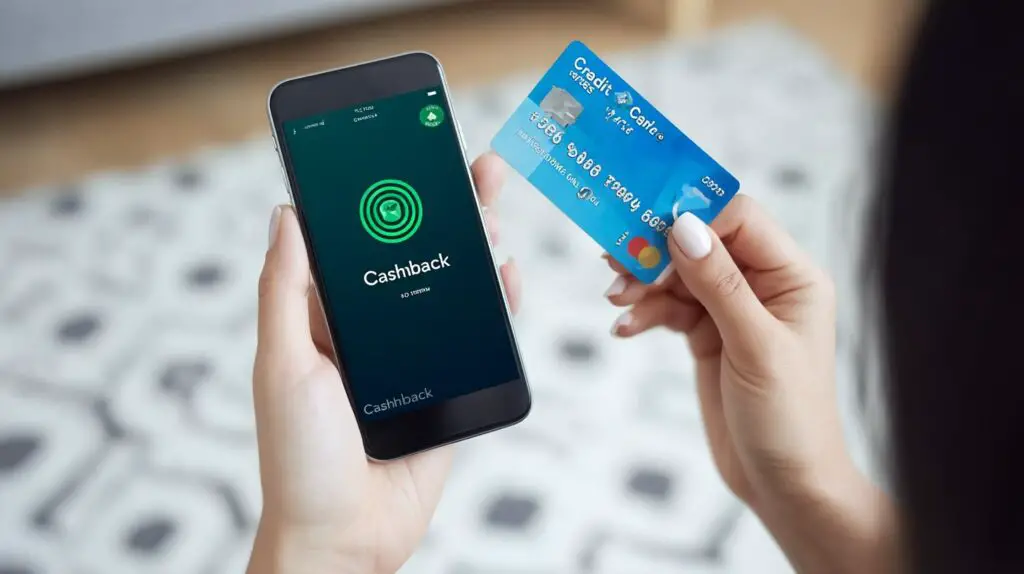Saving money doesn’t have to feel like a punishment or a boring never-ending errand. Whether you’re trying to achieve a future financial goal, save for a trip, or simply want to save for emergency situations, small smart decisions can lead to real progress if worked on with consistency and passion. This article will explore the 14 simple yet effective tips to save money, helping you stay financially independent and secure.
1. Round up your Purchases
Through automated features or processes, banking apps usually allow a way to round up your spendings to the nearest $5, $10, $50, or $100. For example, if you spend $5.25, the automated process will round up to $6 and transfer $0.75 straight to the savings accounts, keeping it low-effort and easy to carry out.
These small savings gathered up over time become large amounts, making this tip a must-consider when getting into savings and financial freedom.
2. The One-In, One-Out Rule
Every time you buy something new, commit to replacing, recycling, or selling another item. Whether it’s a new pair or shoes, a toolkit, or any gadget, try replacing the goods with a substitute.
Whatever money you earn by selling the item, transfer it straight into the savings accounts to help you gather an amount through multiple resources. This fruitful tip and trick helps you reduce clutters, makes you think twice before spending, and ultimately stops you from impulsive purchasing.
3. Use Public Transport or Walk
Skip Uber or car rides for a few days and rely on public transport. Whether you’re planning a fun hangout with your friends or going on a job, try considering taking public transport instead of using Uber.
With gas prices rising day by day and Uber fares on spike, just just a few rides in a week can save you around $50-$100, making this tip a considerable option if you desire to save more money in less time.
4. Cut Back on Daily Mini Luxuries
Try cutting on mini luxuries to save in a much more effective manner. We all have seemingly harmless manners, for example, spending $10 on coffee, $5 on soda, and $15 on fast food on the way home. But one thing to consider is that these luxuries can quietly drain your wallet over time.
Identify what mini luxuries you’re spending on and try cutting off. Instead of spending on coffee daily, order your beans in bulk and brew at home or for a fancier feel, get a frother. This simple tip is not about depriving yourself of things you love and enjoy but more about being mindful in making smarter financial decisions.
5. Shop Off-Season
Buying clothes in-season may feel convenient, but it practically means paying full price for the product. Retailers usually markup essentials when the demand is high, like selling winter jackets in December or summer sandals in June.
Think one season ahead, when it’s winter, try buying winter clothes and garments at a high discount. Brands often put up 50 to 75 percent off when the season ends, making it a quality time to purchase, saving hundreds of dollars with efficacy.
6. Use the Envelope Budgeting Method
This classic method is sure to work everytime! Define categories like gas, utilities, groceries, or rent, and make envelopes with a specific amount for each category.
Don’t spend more than what you have in the envelope for each category, for example, if $300 is specified for groceries, try not to spend a dollar more than $300. This tip helps you develop control over impulses to buy and ultimately builds financial discipline.
7. Pause All Auto-Renewals
Keep a track of all subscriptions based on auto renewals. Look for streaming services, music, or cloud storage and unsubscribe to services you don’t find time for or no longer use.
Cancelling subscriptions can help you save around $30-$100 per month, which is quite a decent amount. Whatever amount you save, transfer that straight into savings for a quicker and effective approach to money saving.
8. Borrow Instead of Buying

For small necessities or one-time use, consider borrowing instead of buying. Whether it’s a toolkit, party decor, or formal wear, ask friends and family instead of spending hundreds of dollars on something insignificant later on.
This tip helps you save money and reduce declutter by encouraging you to borrow instead of purchasing, helping the future-you.
9. Start a Didn’t Spend Jar
Every time you’re able to fight off your temptations, consider dropping that amount into a didn’t spend jar. Whether it’s takeout or fighting the impulse to purchase something online, drop the very amount into your savings.
This trick helps you keep your impulses and desires in control, making you yourself in charge!
10. Turn Saving Into a Game
What better way to make saving fun than to turn it into a game? Look for saving challenges and games and do a weekly challenge. For example, no takeouts for week 1, no Amazon for week 2, sell items you don’t use for week 3, and envelope or jar method for week 4.
This tip helps you stay on track, while keeping you motivated to work. For a fun and engaging way to help you through the boring process of saving, consider this tip as a life-saver!
11. Unsubscribe Tempting Emails
Too many emails mean too many unnecessary purchases. Retailers often know their way around customer psychology and through tempting emails, they attract their customers. What you can do is unsubscribe store newsletters, store emails, turn off app notifications and unfollow shopping accounts on Instagram or TikTok.
While this tip may seem unnecessary, considering how much shopping costs you in a month may help you reconsider the importance of holding back on spending on shopping.
12. Use Cashback and Discount Apps

If you’re already shopping, why not get paid a little for it? Cashback and discount apps like Rakuten, Ibotta, and Upside quietly put money back in your pocket for things you were going to buy anyway, whether it be groceries, gas, clothes, you name it.
It doesn’t feel like much at first, maybe $2 here, $5 there but over the year, it adds up. Many people save $300 to $500 annually without even changing their habits. It’s like having a low-effort side hustle that runs in the background while you live your life
13. Reduce Ad Exposure by Limited Screen Time
The more time you spend scrolling, the more tempting ads you’ll see and those “only $19.99” deals are sure to make you think if you should buy.
Social media is built to sell, whether it’s influencers flaunting the newest gadgets or targeted ads based on things you only thought about. By simply setting app limits or unplugging for a few hours daily, you naturally cut back on impulse spending. Fewer ads mean fewer cravings and your wallet and attention span will definitely thank you.
14. Create a Zero Days Calendar
Mark your calendar with days where you spend absolutely nothing, no coffee runs, no online orders, not even a vending machine snack. These are your “zero spend” days.
Make it a challenge by starting with two days a week, then building up. It’s oddly satisfying to look back and see how many days you didn’t give in to unnecessary purchases. Over time, you become more mindful, more disciplined and your bank account starts to quietly grow, making this tip perfect for you if you’re looking for financial independence and freedom.
Conclusion
Saving money doesn’t have to mean overhauling your entire lifestyle. It’s really about small, intentional choices that stack up over time like skipping the $6 coffee, buying that winter jacket off-season, letting apps give you free cashback, or just having a few days where you spend absolutely nothing.
When you start being more aware of where your money goes, you’ll find that financial freedom isn’t some distant goal, it’s something you build with one smart habit at a time.
